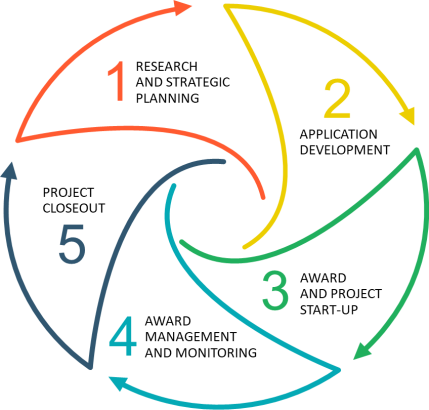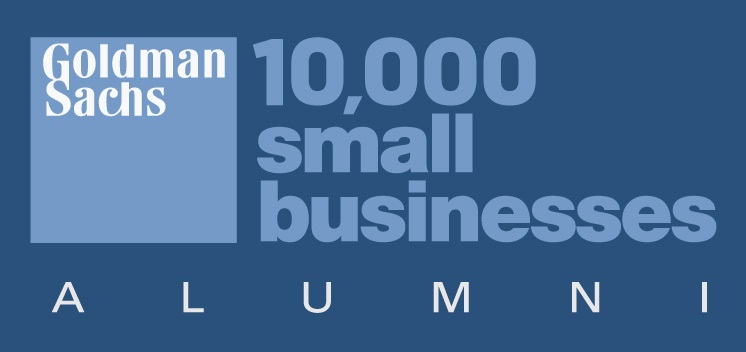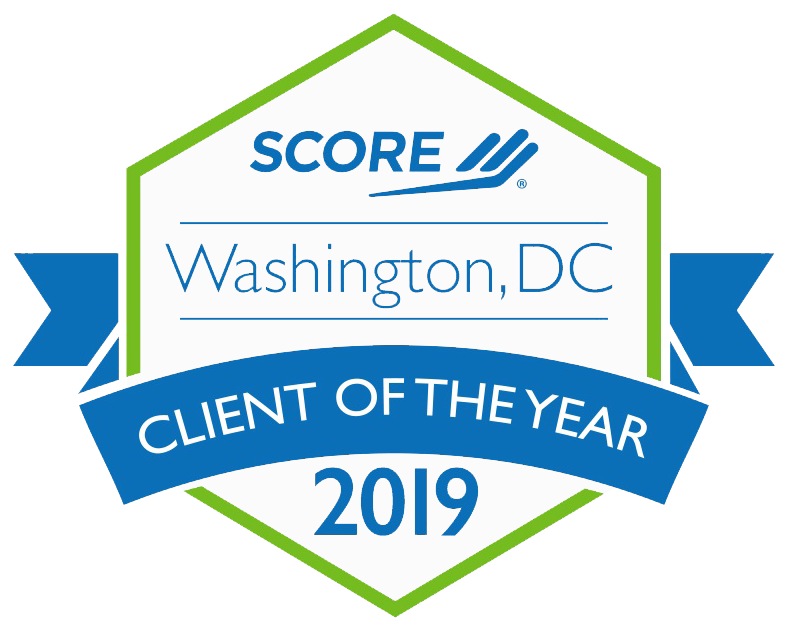A Breakdown of Each Stage in the Grant Lifecycle

The grants lifecycle refers to the entire process of a grant—from planning, to opportunity, to implementation, to closeout. The lifecycle of a grant has three major stages: pre-award, award, and post-award. The recipient and grantor both have unique tasks within each stage.
Phase 1: The Pre-Award Phase
The pre-award phase includes the grantor announcing the funding opportunity all the way through the application submission and review of grant applications.
Here are the steps included in the pre-award phase:
- The grant-making agency plans and develops a funding program based on its mission, the Administration, and congressional initiatives.
- The grant-making agency announces the funding opportunity and advertises it to applicant communities. They will also publish details of the funding opportunity on Grants.gov.
- Potential applicants will utilize Grants.gov to find funding opportunities by using the search tool.
- Once an opportunity is identified, potential applicants will register with Grants.gov. and check for any additional registration requirements.
- The applicant will spend a few weeks filling out the application. Note: it will take a lot of time, but you can download the PDF form and save the fields as you go. Once the application is complete, you submit it through Grants.gov.
- The application is then screened for compliance by the grant-making agency. If it passes, it then goes to the appropriate agency program for consideration. The applicant is notified via email if this happens.
- Applicants can then track the status of their application by communicating with the grant-making agency.
- The grant-making agency will continue to review the application.
Phase 2: The Award Phase
The award phase is the shortest of the three phases, and starts taking place when the federal agency sends the Notice of Award (NOA) to the successful applicant and the grant becomes legally binding.
Here are the steps included in the award phase:
- Once the application is reviewed, the funding agency notifies the applicants whether or not they have been awarded a grant. The agency also starts working with the award recipient to go over the legalities of the funding agreement. The funds are then dispersed.
- Now the applicant will begin their project. The award recipient is responsible for meeting the administrative, financial, and programmatic reporting requirements of the award.
Phase 3: The Post Award Phase
The final phase is the longest phase (despite fewer steps), as it includes the implementation of the grant program, along with all the reporting, audits, and closeout processes.
Here are the steps included in the post award phase:
- After an award has been granted, a grants management officer at the funding agency oversees the reporting compliance. This process involves reviewing reports submitted by the awardees. Representatives from the grantor agency might perform on-site visits with the project director and implementation staff. Oversight can vary based on the type of auditing done.
- Award recipients submit two types of reporting to the funding agency: financial reporting and programmatic reporting. These reports are submitted regularly, and are helpful to the agency as they provide information about the overall financial status and program performance of the grant project.
The grants lifecycle is complicated, and given the competition for funding, the process is often daunting to many nonprofits and government agencies. That’s where we come in!
RBW Strategy can help by telling you where to start with the grant seeking and writing process, how to best obtain funding, and how you can ensure you have the capacity to manage grants. Learn more about our services, or contact us.
For additional information on the grants lifecycle, please visit the Grants.gov page






